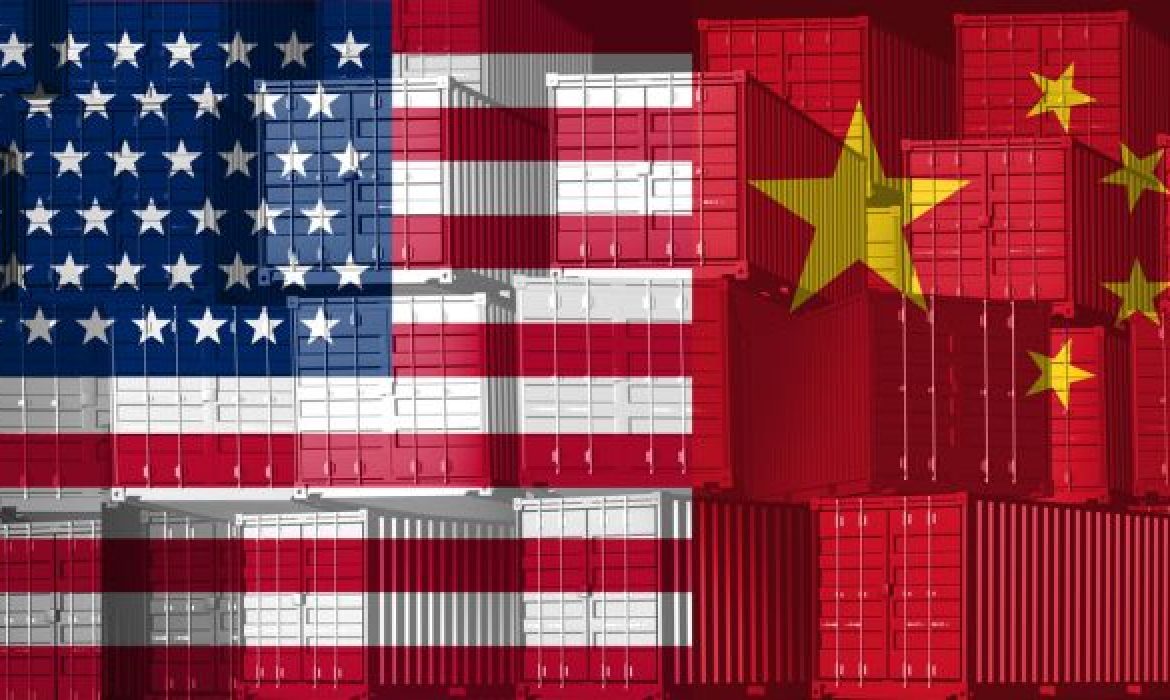
Date Issued – 13th October 2025
Courtesy of the Research Department at Balfour Capital Group
Key Points
- China’s Market Rally Falters as U.S. Trade Tensions Resurface: Renewed tariff threats and rare earth export disputes triggered a 2% drop in Chinese equities, raising fears of a reversal in this year’s strong market gains.
- Big Oil Tightens Belts as Profit Boom Fades: Energy majors face mounting pressure to scale back buybacks and dividends as crude prices slide below $65, signaling a shift from “monster profits” to cost control.
- Netherlands Seizes Control of Chinese-Owned Nexperia Amid Security Concerns: The Dutch government’s rare intervention to secure chip supplies underscores Europe’s tightening scrutiny of Chinese-linked tech assets.
- China’s Export Rebound Overshadowed by Renewed U.S. Trade Threats: Exports rose 8.3% in September, but Trump’s tariff warnings and Beijing’s rare earth restrictions renewed global supply chain and deflation risks.
China’s Market Rally Falters as U.S. Trade Tensions Resurface
Chinese equities retreated on Monday as renewed U.S.-China trade tensions reignited concerns over the durability of this year’s rally.
The CSI 300 and Hang Seng Index each fell more than 2% after Washington’s warnings on Beijing’s rare earth export curbs and President Trump’s threat of new 100% tariffs reversed expectations of a détente.
Analysts cautioned that markets, already “overbought” and aggressively positioned, are vulnerable to a correction if trade rhetoric escalates. Goldman Sachs sees a wider range of outcomes but warns a reversion to triple-digit tariffs could derail global growth and push equities into a deeper pullback.
Big Oil Tightens Belts as Profit Boom Fades
Oil majors are confronting a more challenging environment as crude prices drift below $65 a barrel, forcing companies to reassess shareholder payouts and capital spending.
Analysts warn that years of elevated dividends and buybacks—funded during the 2022 profit surge—are unsustainable without new debt.
BP and TotalEnergies have already slowed repurchases, and others may follow as prices risk sliding into the $50 range next year.
With OPEC’s spare capacity expanding and demand moderating, Big Oil faces difficult trade-offs between preserving balance sheet strength and maintaining investor confidence, signaling leaner quarters ahead for the sector.
Netherlands Seizes Control of Chinese-Owned Nexperia
The Dutch government has taken temporary control of Chinese-owned chipmaker Nexperia under the Goods Availability Act, citing threats to Europe’s technological security and supply continuity.
The move, described as “highly exceptional,” follows what officials called serious governance failures within the company, raising fears that critical chip production could be disrupted amid escalating U.S.-China trade tensions.
Parent company Wingtech’s shares plunged 10% in Shanghai after the announcement.
The intervention underscores Europe’s increasing assertiveness in protecting strategic industries, particularly as Beijing tightens export controls on rare earths and critical components vital to the region’s automotive and electronics sectors.
China’s Export Rebound Overshadowed by Renewed U.S. Trade Threats
China’s exports rose 8.3% in September, outpacing expectations and signaling resilience in overseas demand, yet renewed U.S. tariff threats cast a shadow over the outlook.
President Trump’s warning of potential 100% tariffs in response to Beijing’s rare earth export curbs reignited fears of deflation and job losses in China’s export sector.
While exports to the U.S. fell 27%, shipments to Southeast Asia and Africa surged, reflecting Beijing’s efforts to diversify trade partners.
Analysts view this escalation–de-escalation pattern as the new normal in U.S.-China relations, with markets now pricing greater uncertainty ahead of a possible Xi-Trump meeting at the APEC summit.
Conclusion
Global markets are entering a volatile phase as geopolitical tensions, energy repricing, and policy intervention reshape investor sentiment.
The renewed U.S.-China trade rift threatens to stall Asia’s equity momentum and cloud China’s export recovery, while Europe’s unprecedented seizure of Nexperia signals a firmer stance on technological sovereignty.
In commodities, Big Oil’s retreat from record profits and sliding crude prices highlight tightening margins across the energy complex. Against this backdrop, investors face a complex mix of opportunity and caution—where diversification, defensive positioning, and close attention to policy shifts remain key to navigating the final quarter of 2025.
Investment Insights
- Equity Strategy: Heightened U.S.-China trade risks argue for selective exposure in Asia, with a focus on domestically driven sectors and companies less reliant on exports.
- Energy Outlook: With crude prices softening, investors should expect leaner shareholder returns from oil majors and consider integrated energy or midstream assets for stability.
- Geopolitical Hedging: Europe’s intervention in Nexperia underscores growing national security scrutiny—diversification into non-Chinese semiconductor supply chains may mitigate regional risk.
- Commodities & Currencies: Gold and defensive commodities remain effective hedges amid rising trade uncertainty, while potential Fed rate cuts could sustain dollar volatility into year-end.
Economic Calendar
| Date | Event | Why It Matters |
|---|---|---|
| Oct 13, 2025 | Japan Leading Index (Sep) | Signals near-term business cycle trends in Japan. |
| Oct 14, 2025 | Eurozone CPI (YoY, Sep) | Primary inflation gauge for ECB policy direction. |
| Oct 16, 2025 | U.S. Retail Sales (MoM) | Tests consumer resilience ahead of Q4. |
| Oct 16, 2025 | FOMC Minutes | Provides insight into Fed’s internal rate path debate. |
| Oct 17, 2025 | BoJ Interest Rate Decision | Could shift JPY outlook and Asian yield curves. |
| Oct 18, 2025 | U.S. Existing Home Sales | Reflects housing demand and consumer confidence. |
Disclaimer: This newsletter provides financial insights for informational purposes only. It does not constitute financial advice or recommendations for investment decisions.




